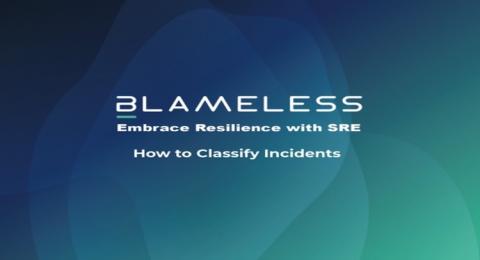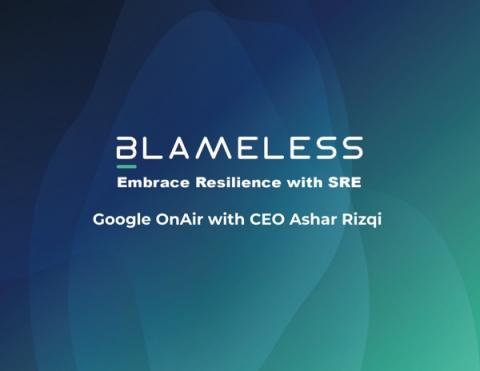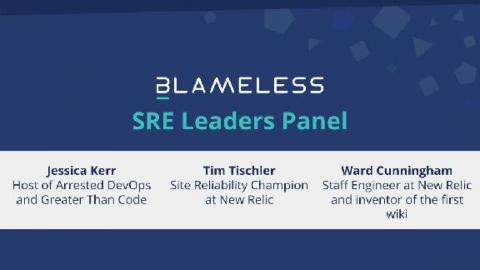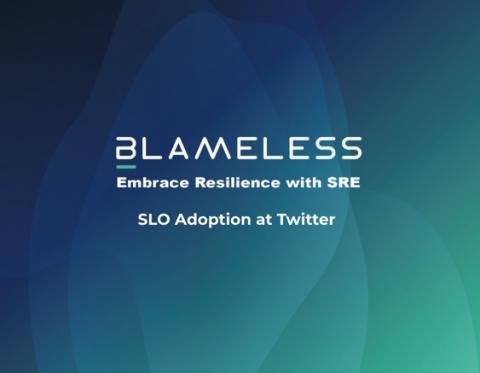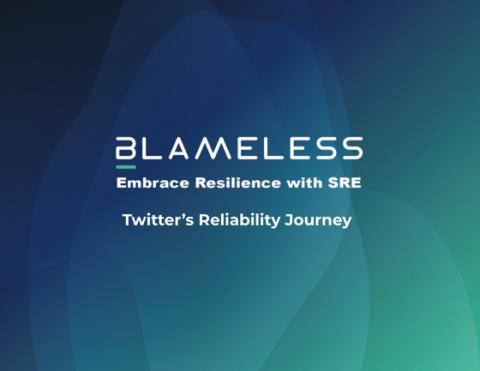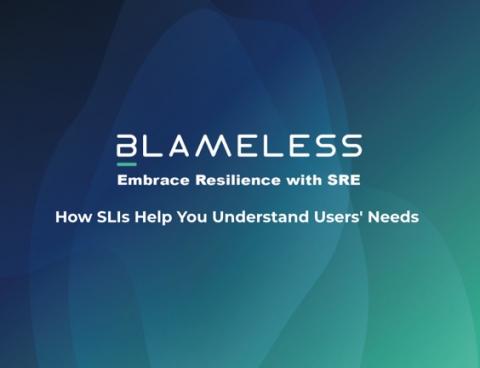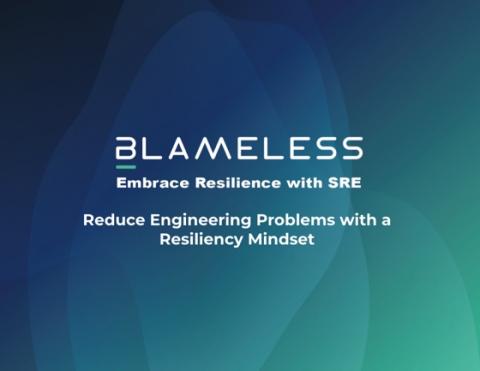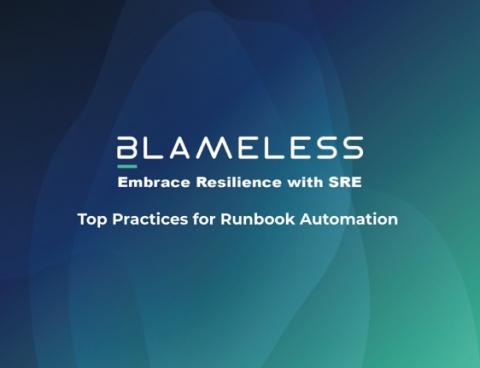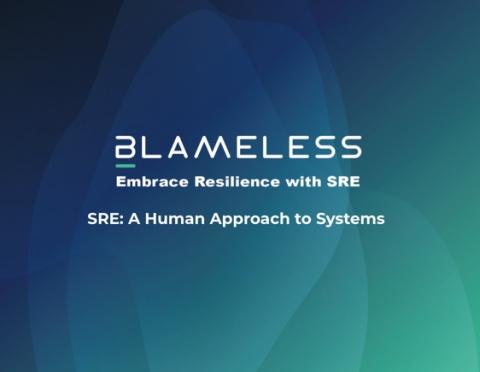How to Classify Incidents
Incident classification is a standardized way of organizing incidents with established categories. Incidents can include outages caused by errors in code, hardware failures, resource deficits — anything that disrupts normal operations. Each new incident should fit into a category dependent on the areas of the service affected, and in a ranking of the severity of the incident. Each of these classifications should have an established response procedure associated with it.


